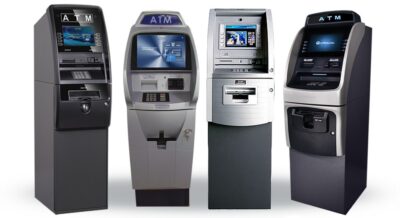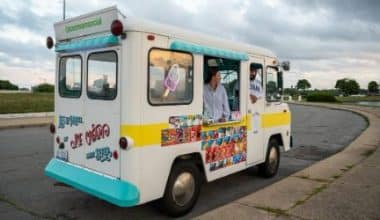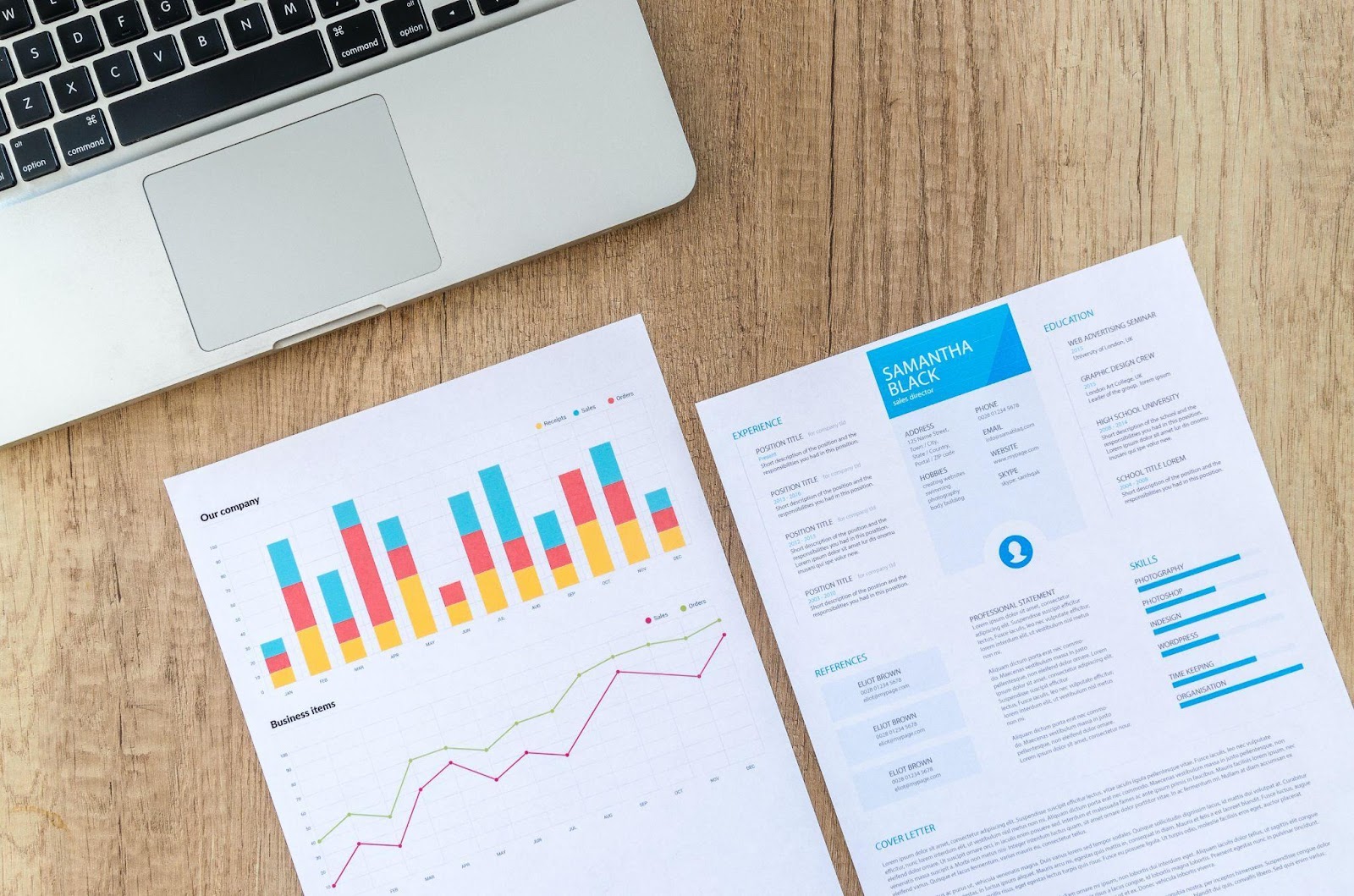Cash machines are machines that are used to withdraw, deposit, or transfer money. They are also known as Automatic Teller Machines (ATMs). These machines are found in banks, retail stores, and other locations. This article will discuss the types of cash machines, the difference between ATMs and cash machines, the advantages and disadvantages of ATMs, and more.
What are the types of cash machines?
Cash machines come in a variety of shapes and sizes, ranging from simple coin machines to fully automated ATMs. The most common type of cash machine is the ATM, which is used to withdraw cash from your bank account. Other types of cash machines include phone-based machines, coin machines, kiosks, and card-based machines.
Phone-based machines are typically used to deposit or transfer money. These machines are connected to a phone line and are operated by dialing a phone number. Coin machines are designed to accept coins and dispense cash. Kiosks are self-service machines that offer a variety of services, from cash withdrawals to product purchases. Card-based machines are used to process credit and debit card transactions.
Phones for Cash Machines
Phone-based machines are a convenient way to deposit and transfer money. They are usually connected to a phone line and are operated by dialing a phone number. These machines are easy to use and allow customers to make deposits and transfers without having to visit a bank.
To use a phone-based machine, customers must first enter their account number and PIN. They then select the type of transaction they wish to make, such as a deposit or transfer. Finally, they enter the amount they wish to deposit or transfer. Once the transaction is complete, the machine will print a receipt.
Coins for Cash Machines
Coin machines are designed to accept coins and dispense cash. These machines are typically used to make small transactions, such as buying a snack or paying for parking. Coin machines are also used in some vending machines and payphones.
To use a coin machine, customers simply insert coins into the machine and select the amount of cash they wish to withdraw. The machine will then dispense the requested amount in coins.
What is the difference between ATM and a cash machine?
The main difference between ATMs and cash machines is the type of transactions they process. ATMs are used to withdraw, deposit, and transfer money, while cash machines are mainly used to accept coins and dispense cash. ATMs are also more secure than cash machines, as they require customers to enter their PINs before making a transaction.
The other difference between ATMs and cash machines is the type of setting they are found in. ATMs are typically found in banks or other financial institutions, while cash machines are found in retail stores, airports, and other public places.
What are the cash machines called?
Cash machines are also known as Automatic Teller Machines (ATMs). ATMs are typically found in banks and other financial institutions, while cash machines are found in retail stores, airports, and other public places.
Which machine can withdraw cash?
ATMs are the most common type of machine used to withdraw cash. ATMs are typically found in banks and other financial institutions, and they allow customers to withdraw cash from their bank accounts.
Other types of machines that can withdraw cash include phone-based machines, coin machines, and card-based machines. Phone-based machines are typically used to deposit or transfer money, while coin machines are used to accept coins and dispense cash. Card-based machines are used to process credit and debit card transactions.
How many types of cash machines are there?
There are several types of cash machines, including ATMs, phone-based machines, coin machines, kiosks, and card-based machines. ATMs are the most common type of machine used to withdraw cash, while phone-based machines are typically used to deposit or transfer money. Coin machines are used to accept coins and dispense cash, while kiosks are used for a variety of services, including cash withdrawals and product purchases. Card-based machines are used to process credit and debit card transactions.
What is ATM advantages and disadvantages?
ATMs have several advantages, including convenience, security, and speed. They are convenient because customers can access their money 24 hours a day, 7 days a week. They are also secure because customers must enter their PIN before making a transaction. Finally, ATMs are fast, as customers can make transactions quickly and easily.
ATMs also have some disadvantages. For example, customers may be charged a fee for using an ATM. In addition, ATMs can be unreliable, as they may not always be working or available. Finally, ATMs are not always secure, as they can be targeted by criminals or hackers.
Who puts money in ATM machines?
The money in ATMs is supplied by banks. Banks usually replenish their ATMs with cash on a regular basis. The exact frequency at which banks replenish their ATMs varies, but it is usually done several times a week.
The ATM Design Elements
Despite the variations in design, all ATMs share the following fundamental components:
Card reader: This component reads the chip on the front of the card or the magnetic stripe on the back of the card.
Keypad: The consumer enters data via the keypad, including their personal identification number (PIN), the kind of transaction needed, and the transaction amount.
Cash dispenser: Bills are dispensed through a slot in the machine, which is connected to a safe at the bottom of the machine.
Printer: Customers can ask for receipts to be printed from the ATM if necessary. The receipt records the type of transaction, the amount, and the account balance.
Screen: The ATM issues prompts that direct the user through the transaction execution procedure. The screen also displays account details and balances.
Slots for paper checks or cash deposits are now common on full-service machines.
How to Use an ATM
Banks install ATMs both inside and outside of their facilities. Additional ATMs can be found in busy sites including malls, grocers, convenience stores, gas stations, airports, train and bus stations, restaurants, casinos, and other places. The majority of ATMs found in banks are multipurpose, whereas those found off-site are often exclusively or mostly built for cash withdrawals.
To execute a transaction at an ATM, customers must use a plastic card—either a bank debit card or a credit card. Consumers are authenticated by a PIN before any transaction can be made.
The term “ecosystem” refers to a group of people who work in the construction industry. They function similarly to a bar code that is scanned by a code reader.
ATM Ownership
ATMs are frequently owned by banks and credit unions. However, people and companies can also purchase or lease ATMs on their own or through an ATM franchise. When individuals or small businesses, such as restaurants or gas stations, own ATMs, the financial model is dependent on charging fees to the machine’s customers.
Banks also own ATMs for this purpose. They draw customers with the ease of an ATM. Moreover, ATMs relieve bank tellers of some customer service duties, saving banks money on payroll expenses.
Using ATMs Abroad
Travelers can easily access their bank or savings accounts from virtually anywhere in the world thanks to ATMs.
Travel experts urge customers to use foreign ATMs when they need cash overseas since they typically offer a better conversion rate than most currency exchange agencies.
However, the bank of the account holder may impose a transaction fee or a percentage of the amount exchanged. It is difficult to keep track of spending because the currency rate is typically not listed on the receipt from ATMs.
Conclusion
Cash machines are machines that are used to withdraw, deposit, or transfer money. ATMs are the most common type of cash machine, and they allow customers to withdraw cash from their bank accounts. Other types of cash machines include phone-based machines, coin machines, kiosks, and card-based machines.
ATMs have several advantages, including convenience, security, and speed. However, they also have some disadvantages, such as fees and potential security risks. The money in ATMs is supplied by banks, which usually replenish their ATMs with cash on a regular basis.
- RESPECT IN THE WORKPLACE: Best Ways to Demonstrate It & The Importance
- 2 WEEK NOTICE LETTER: How to Write Resignation Letters (+Free Samples)
- Do’s & Don’ts of Office Relocation to Ensure a Less Stressful Move
- PHONE ETIQUETTE: Best Tips and Standard to Follow






